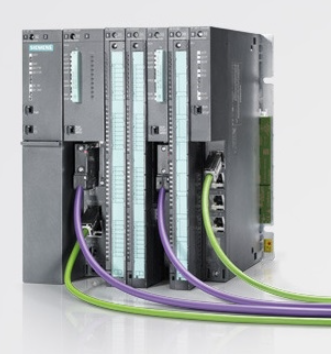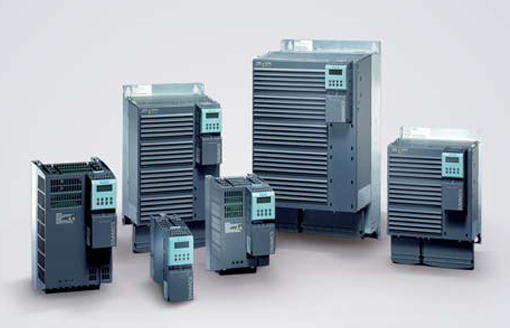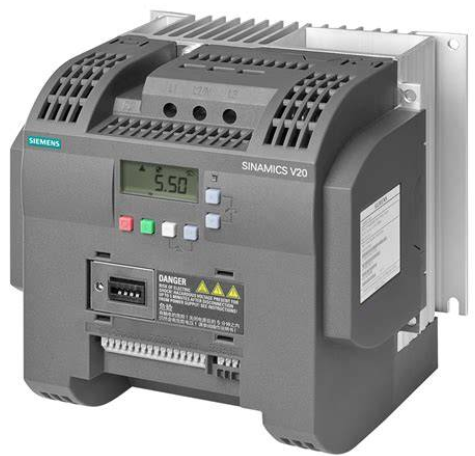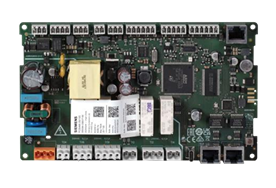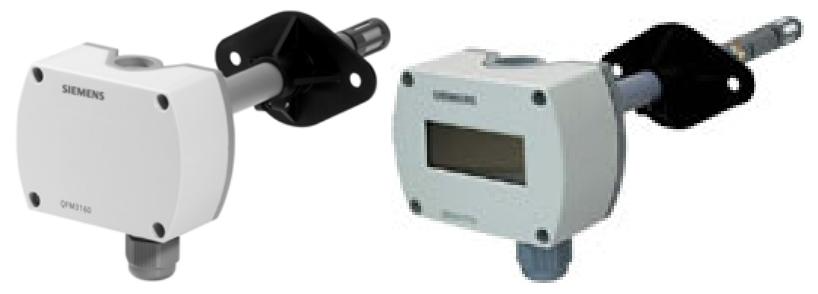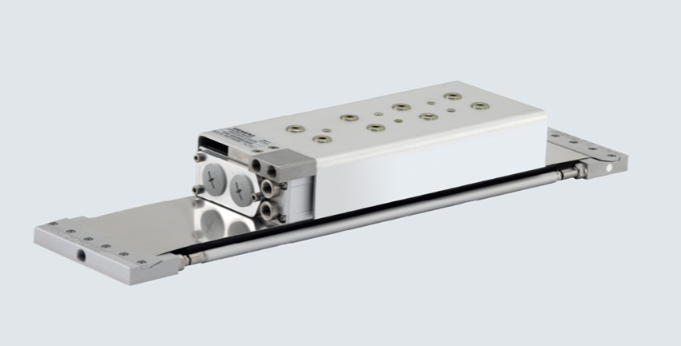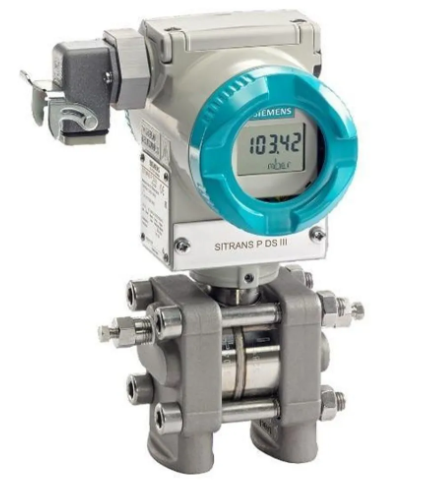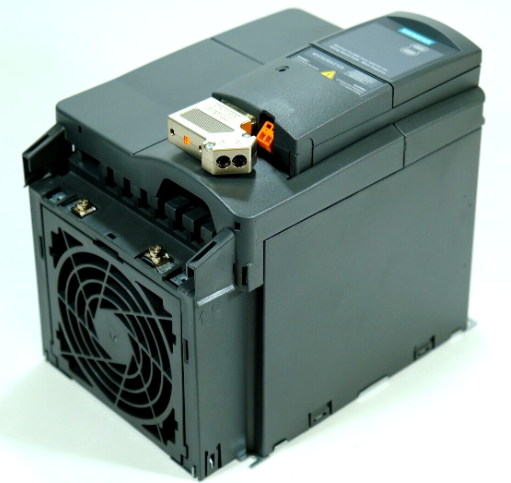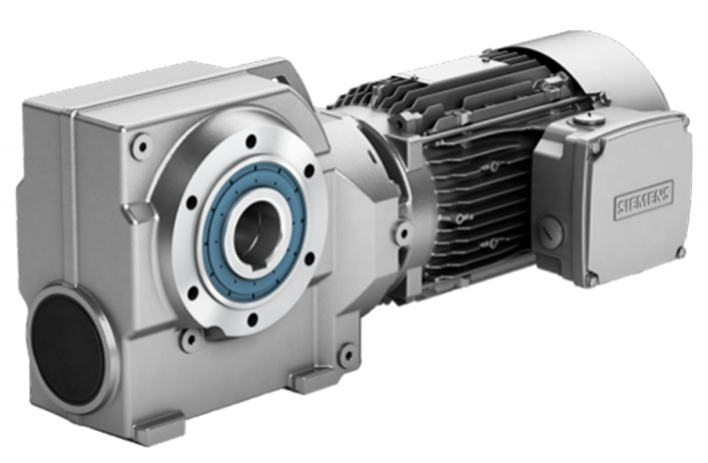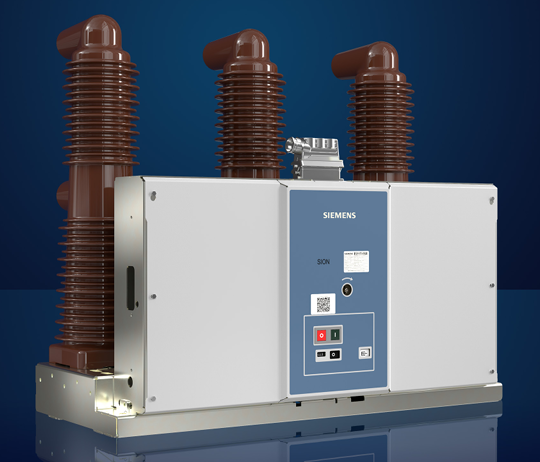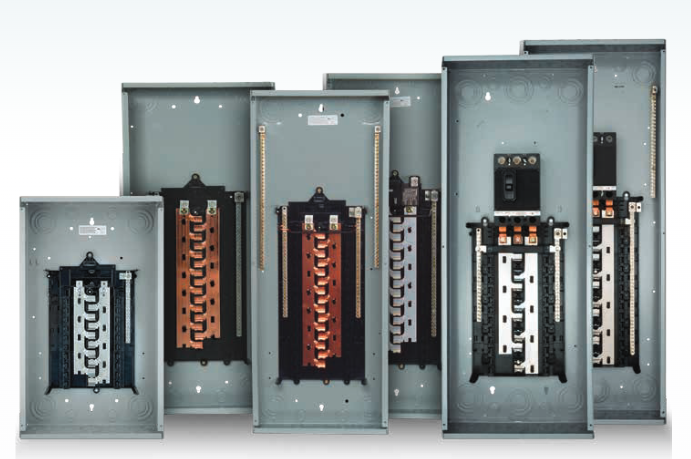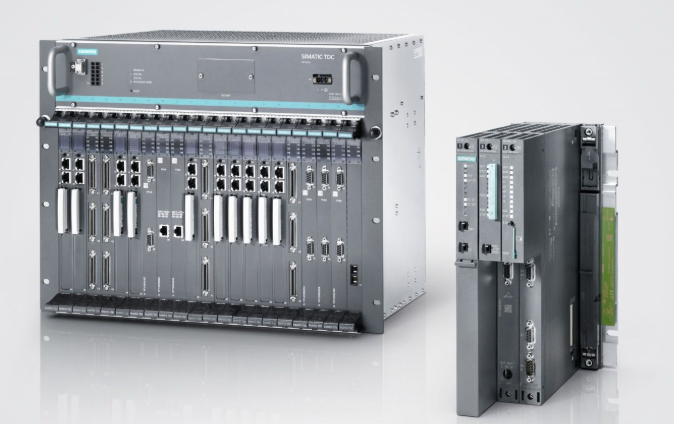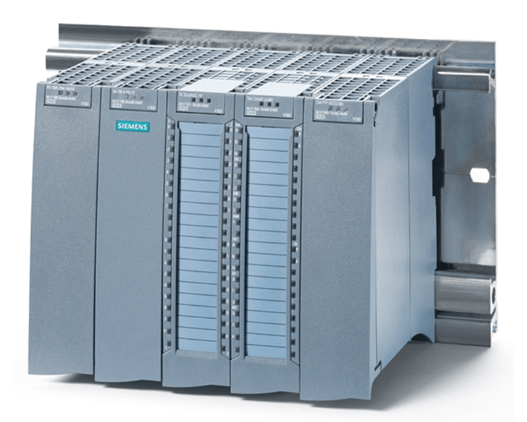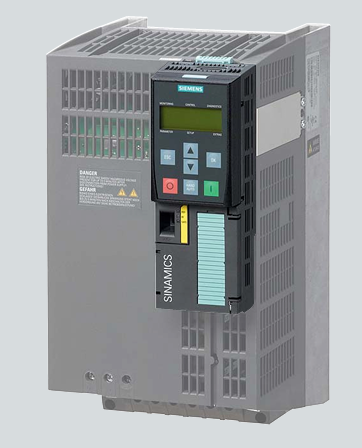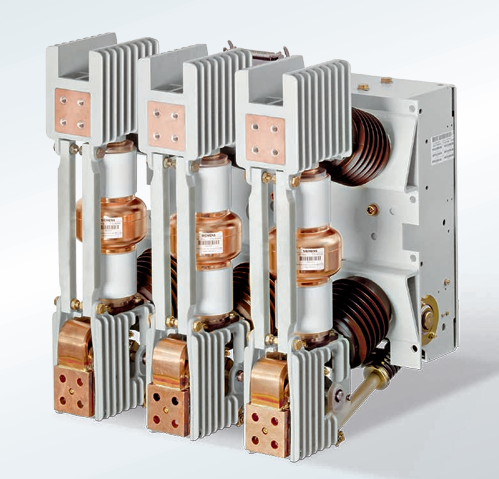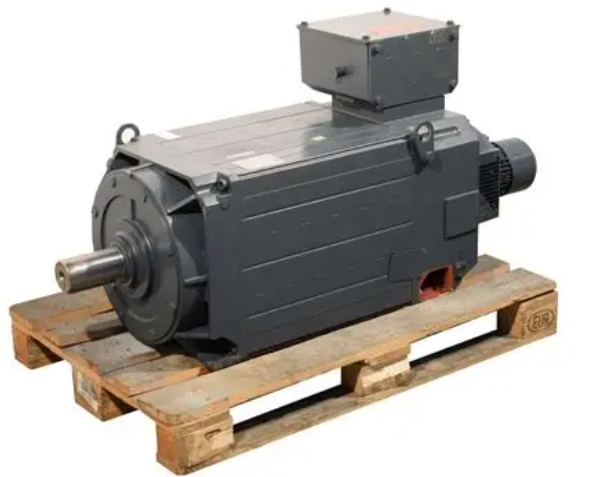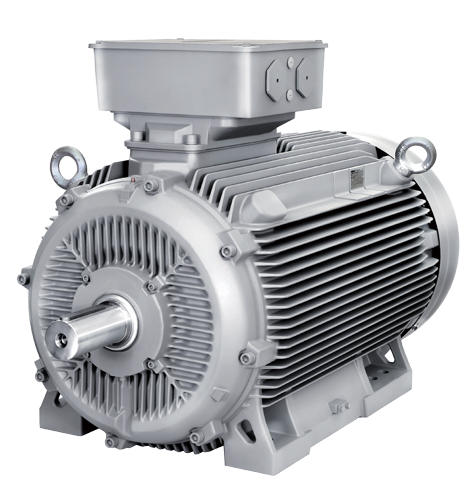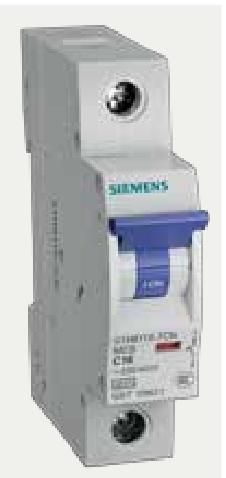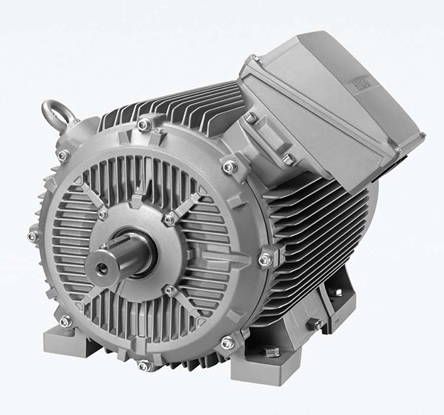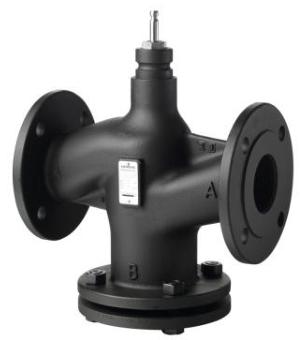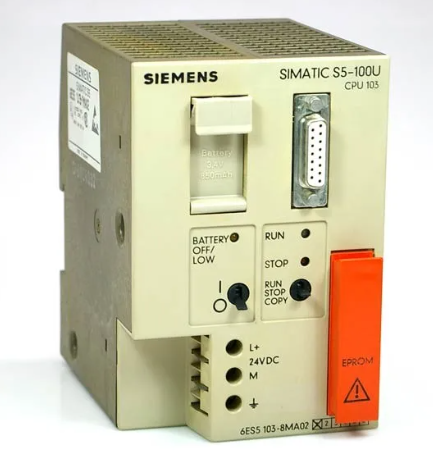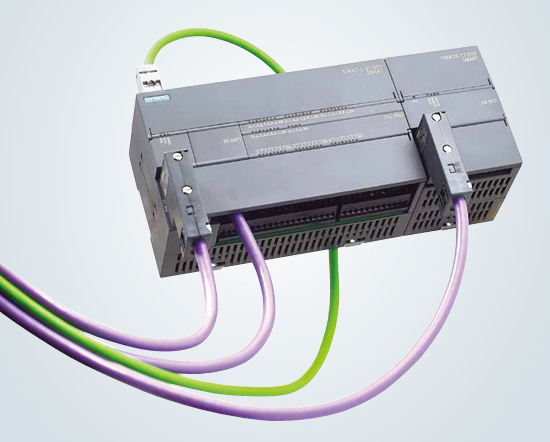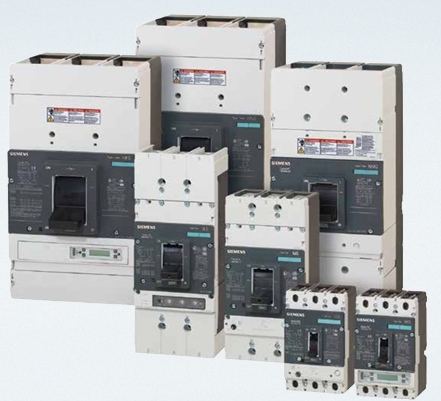FOXBORO P0916DV is the core digital input module in the Foxboro brand I/A Series distributed control system under Emerson. This module is designed specifically for industrial automation scenarios. Its main function is to collect, isolate, and condition discrete digital signals (such as switch status, alarm signals, etc.) from on-site equipment, and stably transmit them to the central processing unit (CPU) of the control system. It provides reliable underlying data support for monitoring, logical judgment, and interlocking control of the production process.
FOXBORO P0916DV I/A series digital input module
Basic overview of module
FOXBORO P0916DV is the core digital input module in the Foxboro brand I/A Series distributed control system under Emerson. This module is designed specifically for industrial automation scenarios. Its main function is to collect, isolate, and condition discrete digital signals (such as switch status, alarm signals, etc.) from on-site equipment, and stably transmit them to the central processing unit (CPU) of the control system. It provides reliable underlying data support for monitoring, logical judgment, and interlocking control of the production process.
As a key component of the I/A series control system, the P0916DV module, with its high stability, strong anti-interference ability, and flexible configuration characteristics, is widely used in industries such as petroleum, chemical, power, metallurgy, and papermaking that require extremely high reliability in industrial control. It is an important hardware foundation to ensure the continuous and safe operation of production processes.
Core functions and features
2.1 Efficient signal acquisition capability
The module supports multi-channel digital signal input, with a typical configuration of 16 discrete input channels, and can simultaneously collect status signals from multiple field devices (such as valve open/close status, pump run/stop signal, limit switch trigger status, etc.). Each channel is equipped with an independent signal processing circuit to ensure the independence and accuracy of signal acquisition and avoid cross interference between channels.
2.2 Excellent anti-interference performance
In view of the complex electromagnetic environment in the industrial field, the P0916DV module adopts multiple anti-interference design: first, the module is internally integrated with a photoelectric isolation circuit to realize the electrical isolation between the input signal and the system bus, and the isolation voltage can reach 2500V AC, effectively restraining common mode interference and differential mode interference; Secondly, it has surge protection and overvoltage protection functions, which can resist sudden voltage fluctuations and pulse interference on site, and protect the internal circuits of the module from damage; Thirdly, through electromagnetic compatibility (EMC) design that complies with industry standards and meets the relevant standards of the IEC 61000 series, it ensures stable operation in strong electromagnetic radiation environments.
2.3 Flexible signal adaptation capability
The module supports multiple types of digital input signals and adapts to the signal output requirements of different field devices. Common types of adapted signals include dry contact signals (passive switch signals) and wet contact signals (active DC signals, such as 24V DC, 48V DC). Through hardware dialing or software configuration of the module, the type of input signal, response speed, and filtering parameters can be flexibly set to improve the applicability of the module.
2.4 Comprehensive diagnosis and redundant functions
To ensure the reliability of system operation, the module is equipped with comprehensive self diagnostic functions, which can monitor the power status, channel signal status, communication status, and internal circuit faults of the module in real time, and transmit the diagnostic results to the human-machine interface (HMI) of the control system through the bus, facilitating timely detection and handling of faults by operation and maintenance personnel. In addition, in critical control scenarios, the module supports the use of redundant modules to achieve hot standby redundancy function. When the main module fails, the redundant modules can seamlessly switch to ensure uninterrupted signal acquisition.
2.5 Convenient Integration and Expansion
The P0916DV module adopts a modular structure design based on the I/A series standard, with a compact size that can be directly installed on a standard I/A series control cabinet rack. It can be quickly connected to CPU modules, communication modules, etc. through the system bus, without the need for complex wiring configurations. At the same time, the module supports hot swappable functionality, allowing for installation, replacement, and maintenance of the module without shutting down the system, greatly improving the system's operational efficiency.
Key technical parameters
Input channel
16 independent digital input channels
Input signal type
Dry contact (passive), wet contact (active DC signal)
Rated input voltage
24V DC (typical value), 48V DC (optional)
input current
When the input is active, the maximum current per channel is 5mA
isolation method
Optoelectronic isolation, isolation between channels and between channels and buses
Isolation voltage
2500V AC (lasting for 1 minute)
response time
Configurable, typical value 1ms~100ms
working power supply
Provided by the I/A series system rack, with a typical value of 5V DC
Working temperature range
0 ℃~60 ℃ (operation), -40 ℃~85 ℃ (storage)
relative humidity
5%~95% (no condensation)
communication interface
Compatible with I/A series standard buses (such as FBM bus)
Dimensions (width x height x depth)
Compliant with I/A series standard module dimensions, typical values are 48mm × 160mm × 180mm
Applicable scenarios
The FOXBORO P0916DV module, with its high reliability and flexible adaptability, undertakes critical signal acquisition tasks in multiple industrial fields. Its main applicable scenarios include:
1. Petrochemical industry: used to collect pressure switch signals of reaction vessels, liquid level switch signals of storage tanks, opening and closing status signals of pipeline valves, and operation status signals of pump units, providing data support for interlocking control and safety monitoring of production processes.
2. Power industry: Suitable for auxiliary control systems of thermal power plants and hydropower stations, collecting start and stop signals of fans and pumps, opening and closing status signals of circuit breakers, temperature alarm signals of transformers, etc., to ensure the stable operation of power production equipment.
3. Metallurgical industry: used in the production process of steel and non-ferrous metals to collect limit switch signals of rolling mills, burner status signals of heating furnaces, and deviation alarm signals of conveyor belts, etc., to achieve real-time monitoring of the production process.
4. Paper and printing industry: Collect tension switch signals of paper machines, speed detection signals of rollers, paper breakage alarm signals, etc., to ensure the continuous progress of the paper making process.
5. Water treatment industry: used in the control system of sewage treatment and water plants to collect liquid level switch signals of sedimentation tanks, operation status signals of water pumps, valve opening and closing signals, etc., to ensure the stability and controllability of the water treatment process.
Key points for installation and maintenance
5.1 Installation specifications
-The module should be installed in a control cabinet that meets industrial standards, avoiding direct sunlight, rain, and dust accumulation. The control cabinet should have good ventilation and heat dissipation conditions to ensure that the working environment temperature of the module is within the rated range.
-Before installation, it is necessary to check whether the appearance of the module is intact and whether the pins are bent or damaged. After confirming that there are no errors, the module should be smoothly inserted into the corresponding slot of the I/A series rack to ensure good contact between the module and the rack bus.
-The on-site input signal wiring should follow the principle of "positive and negative pole correspondence". For dry contact signals, the on/off status of the switch should be confirmed to match the module input logic. For wet contact signals, attention should be paid to ensuring that the input voltage level is consistent with the module configuration to avoid module damage caused by incorrect voltage connections.
-After the wiring is completed, insulation testing should be carried out on the circuit to ensure that there is no short circuit or leakage, and to avoid faults when the module is put into operation.
5.2 Maintenance points
-Regular inspection: Real time monitoring of module operation status and diagnostic information through the HMI of the control system, and regular on-site inspection of module indicator light status (power light, operation light, fault light) to ensure that the module is working properly.
-Cleaning and maintenance: Clean the modules and control cabinets quarterly, using dry brushes or compressed air to remove dust from the module surface and heat dissipation holes, to avoid dust accumulation affecting module heat dissipation.
-Fault handling: When a module generates a fault alarm, first check the fault diagnosis information through HMI to preliminarily determine the cause of the fault (such as channel failure, power failure, communication failure); If it is a channel fault, the corresponding on-site circuit and equipment can be checked; If the module itself fails, the hot swappable function of the module can be used to replace the backup module. After replacement, the new module can be configured with parameters to ensure consistency with the original module.
-Parameter backup: Regularly backup the configuration parameters of the module to avoid parameter loss during module replacement due to module failure, which may affect system recovery efficiency.

- User name Member Level Quantity Specification Purchase Date
- Satisfaction :
-









Email:wang@kongjiangauto.com




